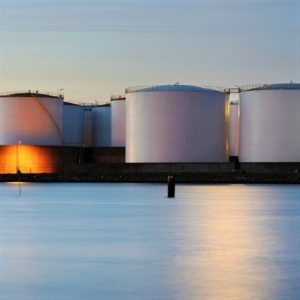 What should you do when you find out your property is contaminated? Which Texas program and regulations apply to your site?
What should you do when you find out your property is contaminated? Which Texas program and regulations apply to your site?
First, you need to determine what type of operations are/were conducted at your site. Different programs need to be followed depending on the type of operations that have taken place. In Texas, most contaminated sites are subject to the technical regulations under the Texas Risk Reduction Program (TRRP) or the Petroleum Storage Tank (PST) rules. Second, you should determine which program is appropriate to seek regulatory approvals and closure. Programs regulated by TRRP include the Voluntary Cleanup Program (VCP), Innocent Owner/Occupant Program (IOP), Drycleaner Remediation Program (DCRP), and Corrective Action (CA), while PST rules and regulations apply to Leaking Petroleum Storage Tank (LPST) cases. For example, a filling station will need to be addressed under the PST Program, while a dry cleaner will need to be addressed under the TRRP.
Texas Risk Reduction Program
There are many programs that are linked in one way or another to the technical standards under TRRP, including VCP, IOP, DCRP, and CA. One of the most common types of facilities addressed under TRRP are dry cleaners, which are commonly closed through the VCP. The VCP provides incentives for contaminated sites to be cleaned up and allows sites to be redeveloped. The VCP also provides protection from liability to future lenders and landowners for the cleanup of the site under VCP. Once the TCEQ approves the VCP, the site will be issued a Certificate of Completion.
The IOP is another tool that helps in the redevelopment of contaminated sites, but it is for sites that did not cause or contribute to the contamination. For example, if the groundwater below your site has become impacted due to contamination that has migrated from an off-site property, you may be eligible for an Innocent Owner/Operator Certificate. The IOC does not cover future owners; however, future owners are eligible for an IOC once they acquire the property.
Petroleum Storage Tank Program
LPST cases, most commonly associated with release from filling stations, are subject to PST rules and regulations. The PST program has a set of procedures and reporting requirements that include sampling requirements during tank removals, proper reporting of a release, and guidelines for risk-based assessments. Cleanups at filling stations are associated with releases of petroleum substances, such as gasoline or diesel fuel, from underground storage tanks (USTs) and/or aboveground storage tanks (ASTs). The most common chemicals of concern (COCs) found at LPST sites are petroleum hydrocarbons such as benzene, toluene, ethylbenzene, and xylene (BTEX), and methyl tert-butyl ether (MTBE), which are compared to PST Action Levels. This is different than TRRP, which compares all COCs to the TRRP Protective Concentration Levels (PCLs).
Within these programs, there are a variety of approaches to address environmental contamination. A good understanding of the nuances of the rules will allow you to navigate the system in the most effective way. W&M Environmental has many years of experience in environmental cleanup and management. Please join us on July 25th for a lunchtime webinar in which remediation experts Frank Clark, P.E., P.G., and Clayton Snider, P.G. will elaborate on the available tools to address contaminated properties and seek site closure.